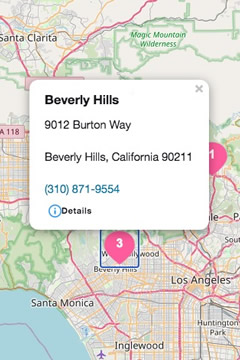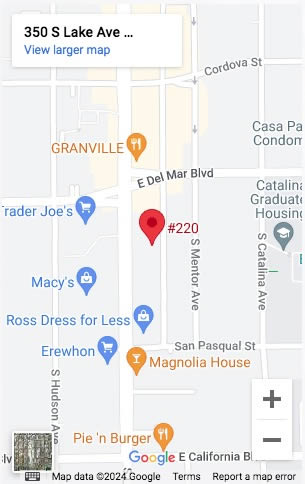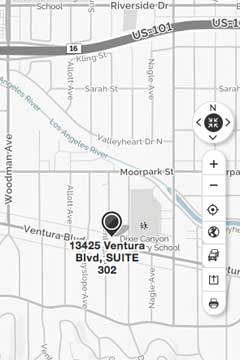Research draws a connection between histamines and chronic pelvic pain
Also linked to histamine response, inflammation disorders, and chronic nonbacterial prostatitis.
What is Chronic Pelvic Pain?
Chronic pelvic pain is generally defined by chronic pain in the region of the pelvis (Lai, 2015).
It is a common symptom that can be caused by several different structural and functional dysfunctions/disorders that affect the anorectal area, urinary bladder, reproductive system, and pelvic floor muscles. Unlike pelvic pain caused by structural diseases like endometriosis, pelvic pain linked with functional disorders cannot be explained by an organic or other specified pathological reason (Clemens, 2008).
Functional disorders that can cause pelvic pain are classified into three general categories:
- Anorectal (proctalgia fugax, levator ani syndrome, and unspecified anorectal pain)
- Bladder (interstitial cystitis (IC)/bladder pain syndrome)
- Prostate syndromes (chronic prostatitis/chronic pelvic pain syndrome (CP/CPPS))
What is Chronic Prostatitis?
Chronic nonbacterial prostatitis is sometimes described as a “headache in the pelvis” with pain symptoms affecting urinary and sexual function. It’s a tricky condition because as “nonbacterial” suggests, the pain and inflammation is not tied to a known bacterial infection, which can confuse both the patient as well as their healthcare providers. Yet, the pain is real and their negative affects on quality of life are real as well. The pain caused by nonbacterial prostatitis can be disabling, preventing participation in valued activities and causing isolation and depression.
Causes
Possible causes of nonbacterial prostatitis include:
- Pelvic floor muscle problem
- Chronic inflammation
- Stress
- A past bacterial prostatitis infection
- Activities which put pressure on the pelvic floor such as bicycle riding
- Less common types of bacteria which are hard to test for
- Irritation caused by a backup of urine flowing into the prostate
- Irritation from irritants and other chemicals in the body
- Nerve problem involving the lower urinary tract
- Parasites
- Sexual abuse
- Viruses
The Histamines and Chronic Pelvic Pain Connection
Chronic inflammation has been deeply explored as the cause of CP/CPPS during the past twenty years. In a literature review by Bresser et al. (2017), evidence over the years points to the possibility that dysregulated inflammation and autoimmunity directed against prostate antigens may be a factor in the development of chronic prostatitis and chronic pelvic pain.
Further study of how histamine release and inflammation contribute to chronic pelvic pain, may help find more effective therapies for those with chronic pelvic pain.
Treatment
Treatment for nonbacterial prostatitis is difficult as there is has been limited research regarding interventions. However, here is a roundup of the treatments that have shown to have some benefit, including pelvic floor physical therapy.
- Medication and the “three A’s” - Traditional drug intervention for chronic nonbacterial prostatitis/chronic pelvic pain syndrome includes antibiotics, anti-inflammatory medications, and alpha blockers. However, the use of antibiotics remains controversial. Read more about this over at Harvard Medical School. Sometimes, muscle relaxers like diazepam or cyclobenzaprine can help to reduce spasms in the pelvic floor.
- Pelvic Floor Physical Therapy as a treatment for pelvic pain - Pelvic floor therapy at Fusion Wellness and Physical Therapy can help manage the pain associated with prostatitis, helping to restore quality of life, sexual function, and empower those with prostatitis with the tools they need to help manage symptoms in the long run.
Pelvic floor physical therapy has been shown to help manage the symptoms of histamines and chronic pelvic pain by helping manage pain through the following modalities:
- Myofascial trigger release - The Journal of Urologypublished two studies (Anderson, Wise, Sawyer, and Chan (2005); FitzGerald, Anderson, Potts, et al. (2009)) on the use of myofascial trigger release in the management of chronic pelvic pain . Participants were randomly assigned to receive weekly sessions of either traditional massage or myofascial therapy for 10 weeks. 57% of those who received myofascial therapy reported that they were “markedly improved” or “moderately improved” versus just 21% in the group that received ordinary massage.
- Biofeedback downtrains tight pelvic floor muscles and can help correct dysfunctional voiding problems that may be present.
- Training in self treatment techniques including therawand, foam rolling, lymphatic massage, autonomic relaxation, and stress reduction techniques
- Visceral mobilization (gentle massage techniques that loosen internal adhesions and restore movement to the organs including the intestine, bladder, and prostate)
- Postural training and therapeutic exercise to treat dysfunctional movement
- Pelvic floor therapy to treat painful urination, painful ejaculation, pain with bowel movements, and sensitive tissues
- Exercises for pelvic muscles to lower pain, improve bladder retention, improve bowel function, and increase the flow of blood to the area
- Therapeutic yoga to improve lymphatic drainage and reduce chronic pain
- Neuromuscular re-education and autogenic relaxation to reduce chronic muscle over-activity, reduce pain, and improve sleep
Are you in pain? Here’s what you can do today.
- Take a warm bath to ease some of the pain and tension in the pelvic floor
- Deep breathing and pelvic floor relaxation exercises
- Dietary changes to avoid bladder and urinary tract irritants
- Call us at Fusion Wellness and Phyiscal Therapy - we can help!
Resources
Breser ML, Salazar FC, Rivero VE, Motrich RD. Immunological Mechanisms Underlying Chronic Pelvic Pain and Prostate Inflammation in Chronic Pelvic Pain Syndrome. Front Immunol. 2017;8:898. Published 2017 Jul 31. doi:10.3389/fimmu.2017.00898
Lai H, Gereau RWT, Luo Y, O’Donnell M, Rudick CN, Pontari M, et al. Animal models of urologic chronic pelvic pain syndromes: findings from the multidisciplinary approach to the study of chronic pelvic pain research network. Urology (2015) 85:1454–65.10.1016/j.urology.2015.03.007
Clemens JQ. Male and female pelvic pain disorders – is it all in their heads? J Urol (2008) 179:813–4.10.1016/j.juro.2007.12.001 [PubMed]
Anderson RU, Wise D, Sawyer T, Chan C. (2005). Integration of Myofascial Trigger Point Release and Paradoxical Relaxation Training Treatment of Chronic Pelvic Pain in Men. Journal of Urology;174:155–60. PMID: 15947608.
FitzGerald MP, Anderson RU, Potts J, et al. (2009). Randomized Multicenter Feasibility Trial of Myofascial Physical Therapy for the Treatment of Urological Chronic Pelvic Pain Syndromes. Journal of Urology;182:570–80. PMID: 19535099.
O’Leary, M. (2011). Treating prostatitis: Any cause for optimism?. Harvard Medical School Health Publications: Prostate Knowledge. Accessed at: https://www.harvardprostateknowledge.org/treating-prostatitis-any-cause-for-optimism



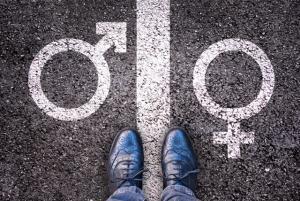
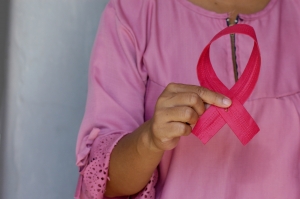
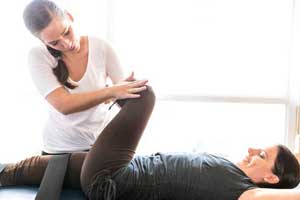
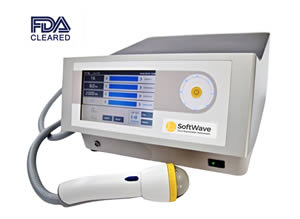



















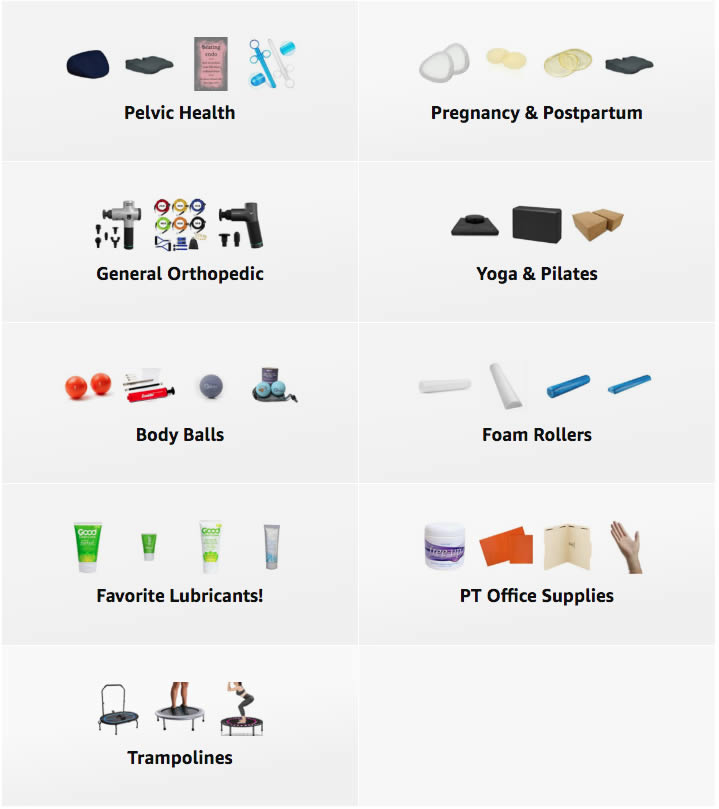 A Curated List of Excellent Items at Amazon
A Curated List of Excellent Items at Amazon

